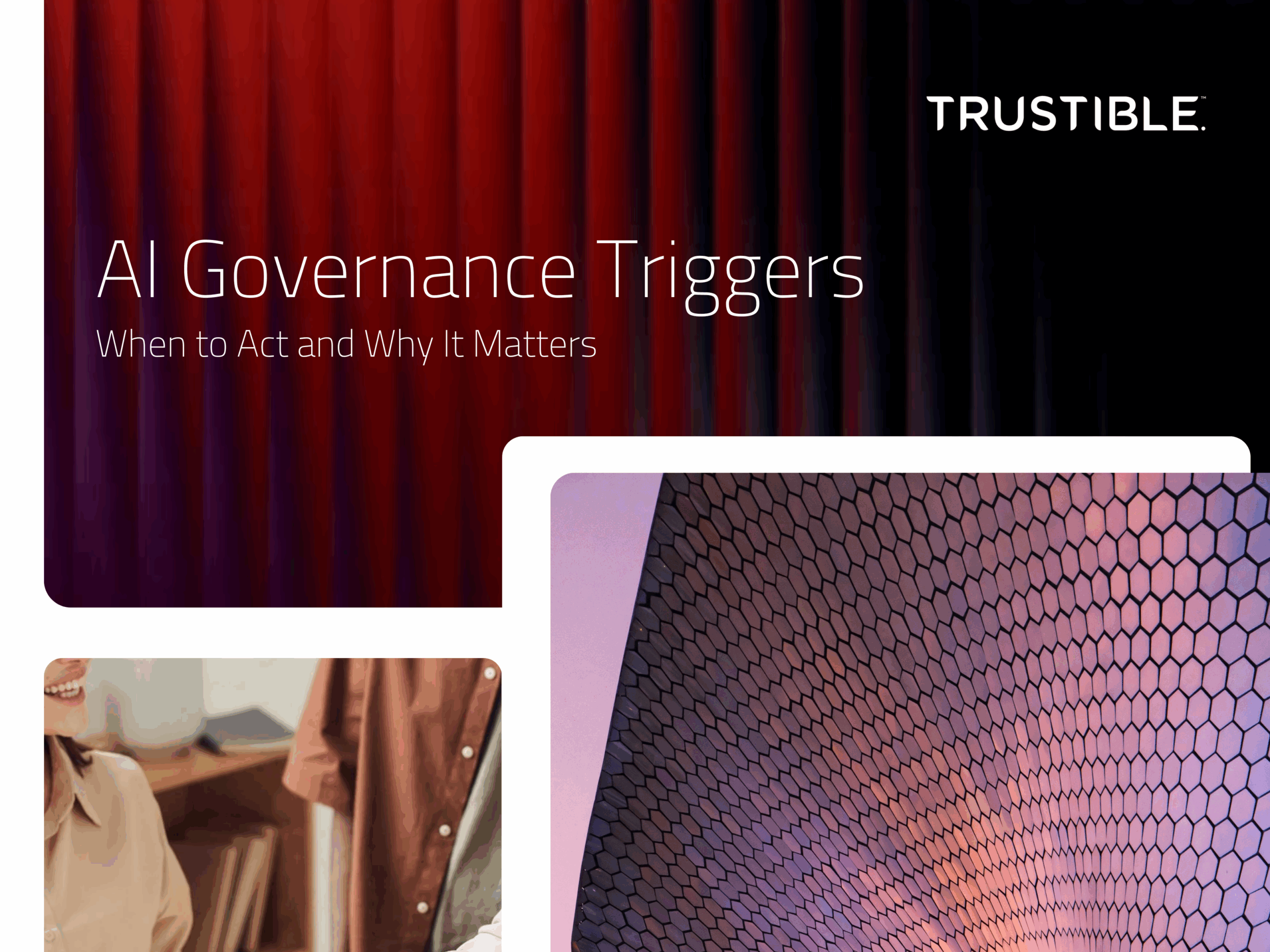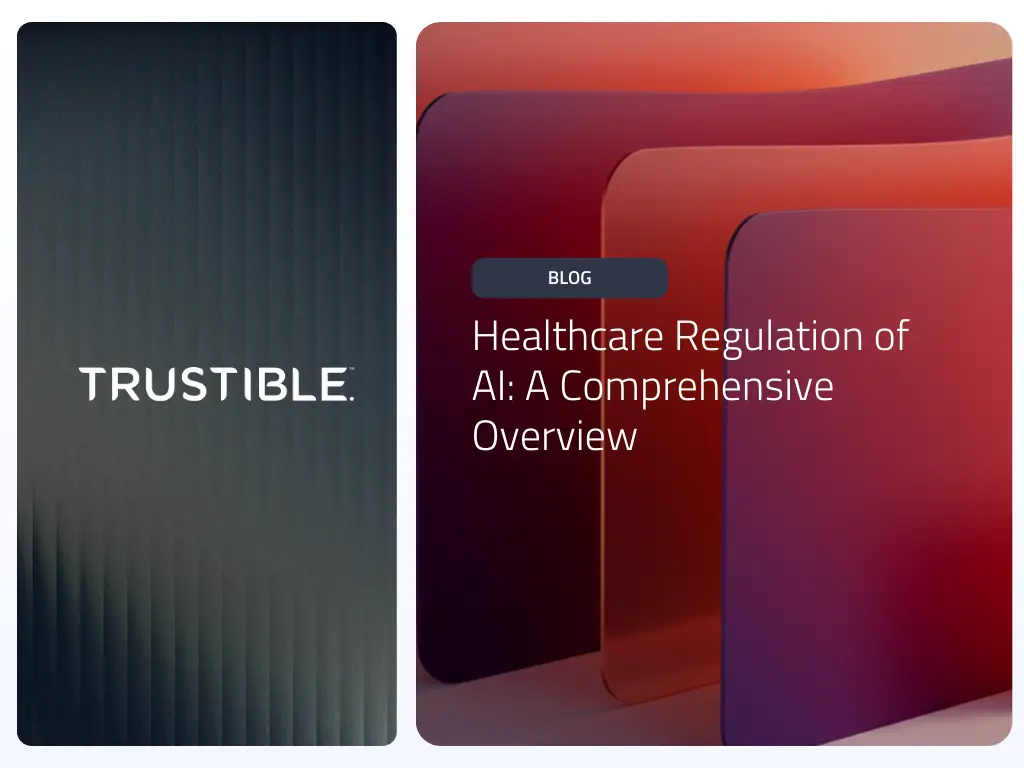The rapid evolution of artificial intelligence—with continuous advancements in models, policies, and regulations—presents a growing challenge for AI governance teams. Organizations often struggle to determine when governance intervention is necessary in order to balance risk oversight without imposing excessive compliance burdens. This eBook introduces the concept of “AI Governance Triggers” to provide clarity on the specific AI model events that should prompt governance activities.
An AI Governance Trigger is an event that has the potential to impact an AI system and necessitate a governance response. These triggers may originate internally, such as proposing a new AI use case, or externally, including the enactment of new AI regulations. Understanding and categorizing these triggers is essential for effective AI governance. In this eBook we’ll cover the key dimensions of AI Governance Triggers, including:
- Descriptions – Each trigger includes a clear definition and context to ensure a shared understanding of its significance.
- Frequency – Triggers vary in occurrence. Triggers like customer feedback are constant, while others, such as system decommissioning, may happen infrequently. Infrequent events are those that may happen only a few times per year at irregular intervals, while ‘Constant’ and ‘Highly Frequent’ events may happen on a daily, or weekly basis for AI focused organizations.
- Key Stakeholder – Triggers can arise from within an organization or from external sources. Internal triggers require proactive communication by the responsible team, whereas external triggers demand continuous monitoring. For internal events, it’s important to identify who the key stakeholder is that will oversee any response, or kick-off governance activities.
- Likely Impact – The significance of a trigger is determined by its potential to alter an AI system’s benefits, risks, or costs. Minor model adjustments typically result in minimal deviation, whereas major incidents—such as a high-profile AI failure—can lead to legal, reputational, or operational consequences, requiring extensive governance action.
This eBook provides a structured approach to identifying and responding to key events, ensuring that AI systems remain compliant, effective, and aligned with organizational objectives. In our next piece, we will explore common types of AI governance activities, ranging from automated AI evaluations to formal third-party audits, and share our insights on which governance measures are best suited for different triggers.



